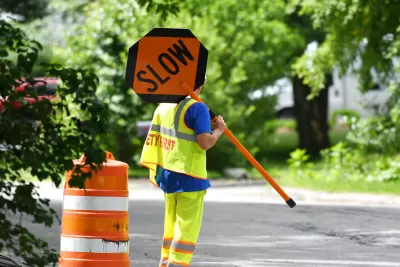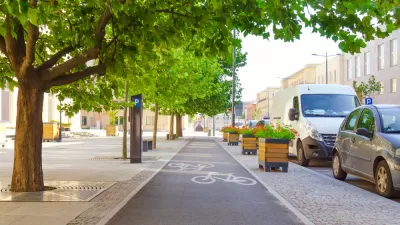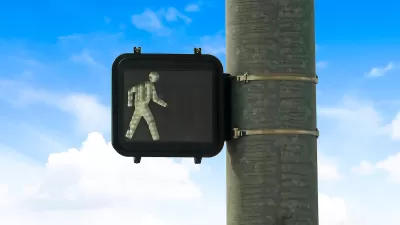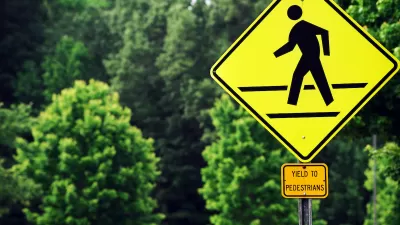New federal grant programs are injecting millions of dollars into road safety projects in an effort to stem the alarming growth of traffic deaths on U.S. roads.

Writing in Governing, Jared Brey highlights projects receiving the first $800 million in federal grant funding from the U.S. Department of Transportation’s Safe Streets and Roads for All (SS4A) program.
In Seattle, they’re building new sidewalks, speed cushions, protected bike lanes and ADA accessible curb cutouts. In Philadelphia, they’re constructing pedestrian refuge islands and traffic signal modifications. In Louisville, they’re reconfiguring — or “rightsizing” — 10 streets to reduce speeds and improve traffic safety.
While “Many cities have laid the groundwork for projects by studying their high-injury networks and creating plans for intervention on specific streets and intersections,” others still need help completing the necessary studies. “The first round of awards included 474 grants for planning work and 37 grants for implementation,” Brey writes, adding that “The program is a unique opportunity for direct funding to cities, which often have to work through state departments of transportation to fund urban street projects.” This could speed up the process for making streets safer and give cities more control over local projects.
Brey describes two other traffic safety programs funded by the Infrastructure Investment and Jobs Act and the Inflation Reduction Act: a pilot program funding wildlife crossings and grants focused on improving walkability in neighborhoods harmed by infrastructure projects and enhancing safety around railroad crossings.
FULL STORY: Feds Hand Money to Cities for Safer Streets and Resilient Infrastructure

Study: Maui’s Plan to Convert Vacation Rentals to Long-Term Housing Could Cause Nearly $1 Billion Economic Loss
The plan would reduce visitor accommodation by 25,% resulting in 1,900 jobs lost.

North Texas Transit Leaders Tout Benefits of TOD for Growing Region
At a summit focused on transit-oriented development, policymakers discussed how North Texas’ expanded light rail system can serve as a tool for economic growth.

Why Should We Subsidize Public Transportation?
Many public transit agencies face financial stress due to rising costs, declining fare revenue, and declining subsidies. Transit advocates must provide a strong business case for increasing public transit funding.

How to Make US Trains Faster
Changes to boarding platforms and a switch to electric trains could improve U.S. passenger rail service without the added cost of high-speed rail.

Columbia’s Revitalized ‘Loop’ Is a Hub for Local Entrepreneurs
A focus on small businesses is helping a commercial corridor in Columbia, Missouri thrive.

Invasive Insect Threatens Minnesota’s Ash Forests
The Emerald Ash Borer is a rapidly spreading invasive pest threatening Minnesota’s ash trees, and homeowners are encouraged to plant diverse replacement species, avoid moving ash firewood, and monitor for signs of infestation.
Urban Design for Planners 1: Software Tools
This six-course series explores essential urban design concepts using open source software and equips planners with the tools they need to participate fully in the urban design process.
Planning for Universal Design
Learn the tools for implementing Universal Design in planning regulations.
City of Santa Clarita
Ascent Environmental
Institute for Housing and Urban Development Studies (IHS)
City of Grandview
Harvard GSD Executive Education
Toledo-Lucas County Plan Commissions
Salt Lake City
NYU Wagner Graduate School of Public Service





























